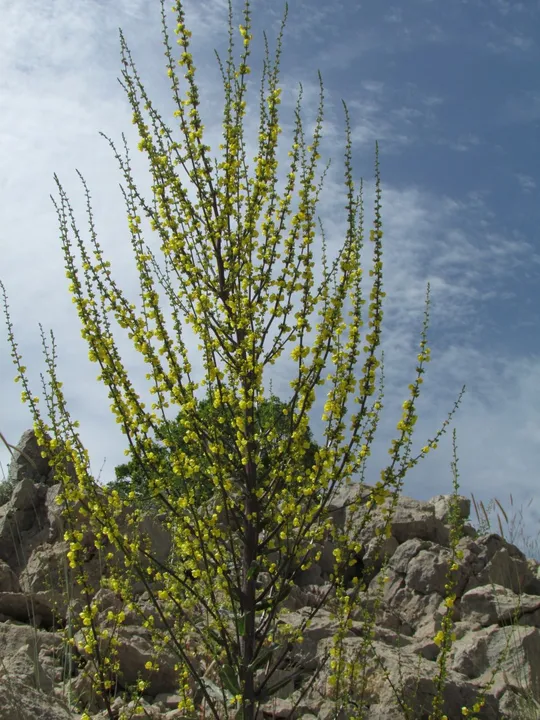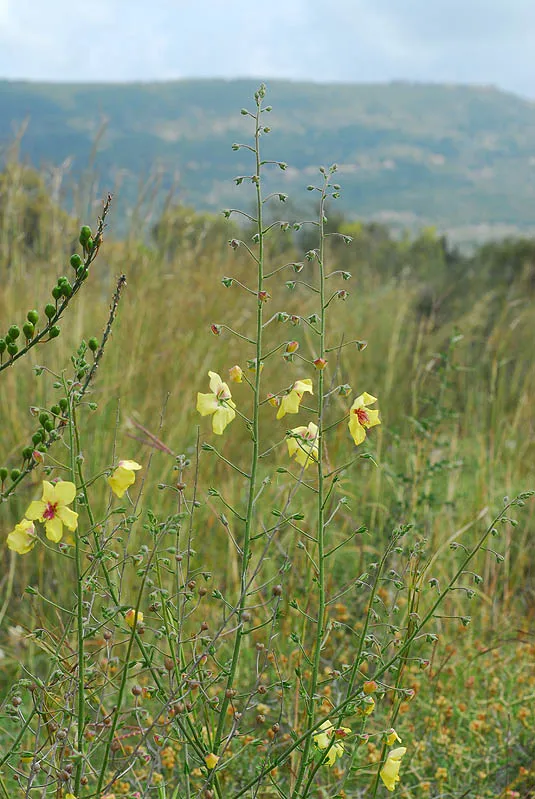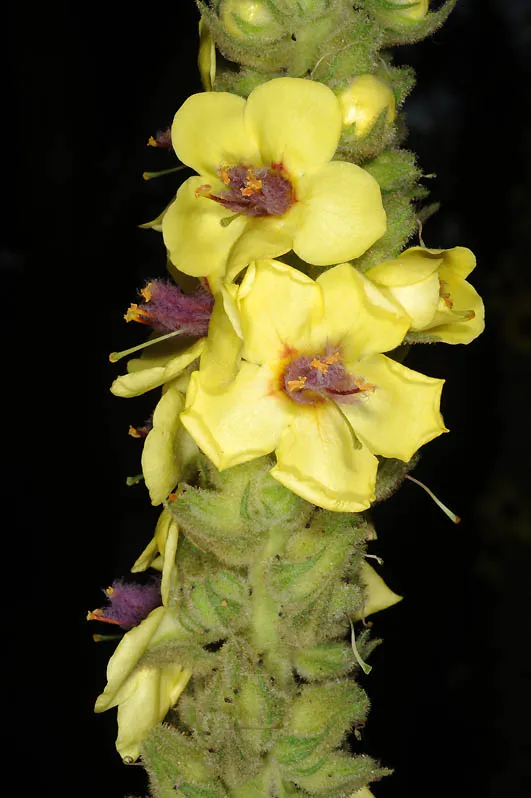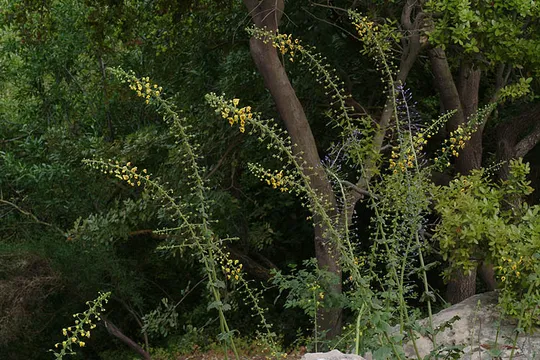Galilee Mullein
Verbascum galilaeum
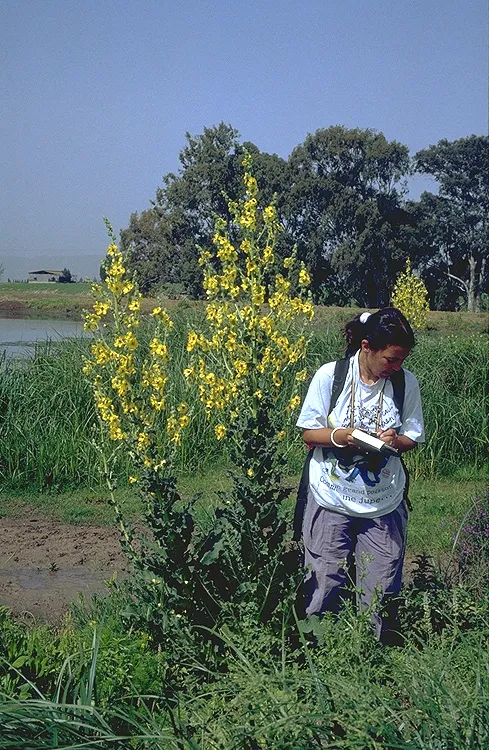
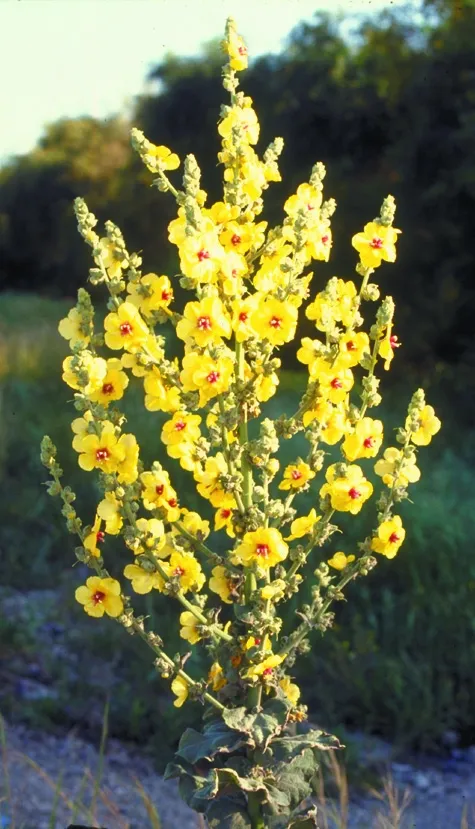
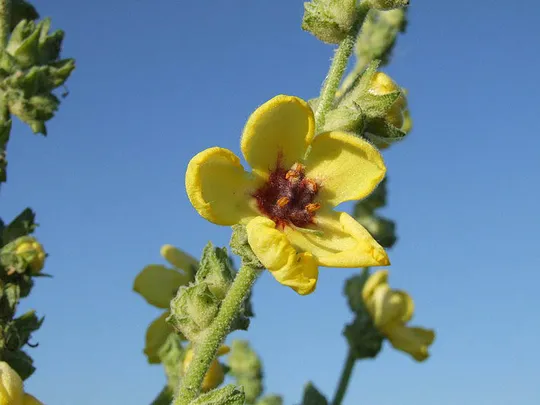
The distribution of Verbascum galilaeum is limited to northern Israel in the following regions: Ramot Menashe, Jezreel Valley, Acre Valley, Lower Galilee, Upper Galilee, Upper Jordan Valley, Hula Valley and the Golan Heights. In the Flora Palaestina it is also recorded from Mount Carmel and Samaria, but we could not find it in these regions. It is a very rare species in all regions except in the Jezreel Valley and Lower Galilee, and was recorded in each of the regions from only one or two sites. Only in the Jezreel Valley, particularly in the lower Galilee, was V. galilaeum recorded in many locations (8 and 12 respectively), and in every site a few to tens of individuals were found. According to its geographic distribution and population sizes the ecological optimum of the species today is probably in the Lower Galilee and in the Jezreel Valley.
Moist edges of water bodies, depressions flooded in the winter and moist low habitats along flow channels, canals and roads, usually on heavy soil.
For the genus – see Verbascum berytheum.
V. galilaeum belongs to a large Verbascum group that is characterized by numerous flowers (3-8) at each inflorescence node. The closest systematic species to it in Israel is V. caesaereum, but it is easy to tell them apart; the inflorescence of V. caesaereum has little or no branching, and the flower whorls are close together. In V. galilaeum the base leaves lack petioles, while V. caesaereum has a clear, albeit short petiole. V.galilaeum is actually closer to the steppe Verbascum species from Turkey, which do not grow in wetlands.
• Despite the relatively large number of sites, the habitat of Verbascum galilaeum today is one of the most vulnerable – in many places there is development, building and road construction.
• V. galilaeum population sizes range from single individuals to several hundred.
• Most of its locations are not included in nature reserves.
• The geographic distribution of V. galilaeum is limited to the Levant, a geographic region that is also probably faced with threats similar to those in Israel.
Verbascum galilaeum populations should be protected in nature reserves. Wadi Yiftah'el is recommended as the central conservation site, for that is where the largest population was found (486 plants were counted in 1993) and it is located in an area where the most sites with V. galilaeum were found.
Eastern Mediterranean: Israel, Lebanon, western Syria and southeast Turkey. Verbascum galilaeum was described in Israel from three locations at the same time: the Carmel, Mount Tabor and the vicinity of Tiberias.
: Verbascum galilaeum is a perennial herbaceous plant that grows in moist depressions and on the edges of water canals in northern Israel. It is endemic to the Levant, where its habitat is seriously threatened. V.galilaeum is found in Israel in dozens of sites (at least 41) in eight regions, but its habitat is seriously endangered. Its global distribution is limited to northern Israel, Lebanon and Syria. In neighboring countries, it is endangered due to overgrazing and over-exploitation of wetland habitats.
Current Occupancy Map
| 1000 squre meter pixel | 5000 squre meter pixel | 10000 squre meter pixel | |
|---|---|---|---|
| number of observations | 0 | 0 | 0 |
| in total pixels | 0 | 0 | 0 |
| Family | Scrophulariaceae |
| Classification | On the endangered species list |
| Ecosystem | Mediterranean |
| Chorotype | Eastern Mediterranean |
| Conservation Site | Wadi Yiftah'el, Kiriat Haroshet (Kishon Stream) |
| Rarity |
1
1
6
|
|---|---|
| Vulnerability |
0
3
4
|
| Attractiveness |
0
1
4
|
| Endemism |
0
1
4
|
| Red number |
1
3.7
10
|
| Peripherality | N |
| IUCN category | DD EW EX LC CR EN VU NT |
| Threat Definition according to the red book | Vulnerable |
 Based on:
Based on:
